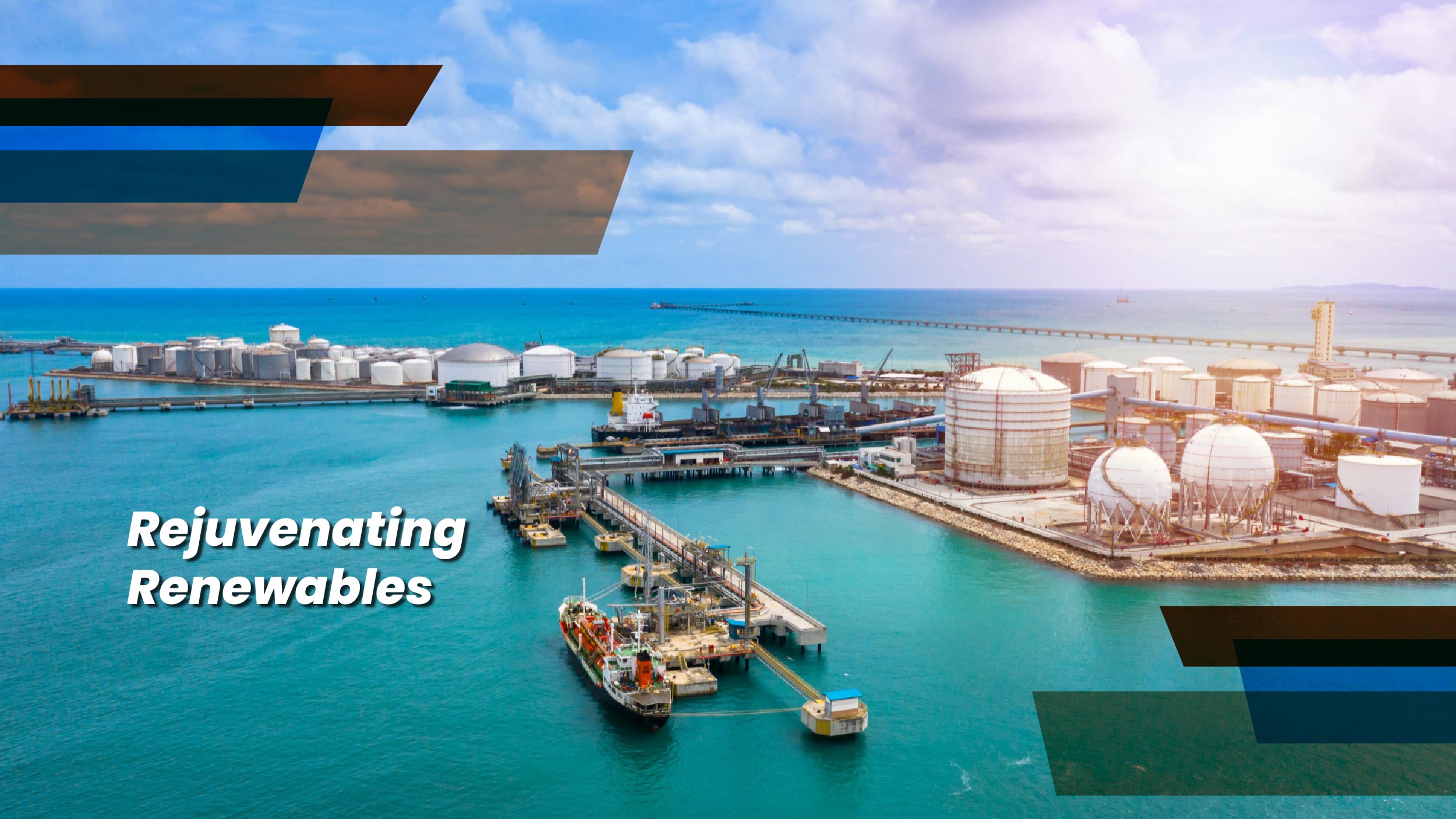More oil and gas operators are anticipated to prioritize emission reductions in 2023 as the global energy transition accelerates, and gas-led operations are anticipated to hasten the adoption of carbon capture, storage, and utilization (CCUS) technology.
For oil and gas corporations, the previous year was one of apparent good fortune. Price increases enabled companies to fund spending out of earnings and still return capital to shareholders, which in part allowed for share prices to positively decouple from underlying oil and gas prices. These price increases were fueled higher by geopolitical factors but fundamentally reflected much stronger global economic activity.
The truth of the energy transition is that there is not a clear option between renewable energy today and hydrocarbons tomorrow. Instead, understanding how oil and gas firms can be on the cutting edge of the shift, embracing decarbonization as a catalyst for innovation, and actively seeking opportunities in a lower-carbon world are the keys to tackling tomorrow’s energy needs.
Opportunities in the energy transition will be made possible by new technology, expanded energy sources, inventive business models, and collaborative ecosystems. Commercial opportunities are further accelerated by regulations like the Inflation Reduction Act, a landmark. It will be crucial to have a lot of money, technological know-how, and experience with complicated operations and markets to successfully adopt new zero-carbon fuels.
Oil And Gas Industry Trends in 2023
Companies will need to create new business models, define a new core, and expand downstream markets to successfully navigate this future. Here are some oil and gas industry trends in 2023 that are expected to advance during the next few months.
Rejuvenating Renewables
Governments all across the world are pledging assistance for the switch to renewable energy sources with new legislation and programs. The IEA predicts a 75% rise in worldwide renewable energy capacity between 2022 and 2027. So, it should come as no surprise that we anticipate seeing more investments made in projects involving natural gas and liquified natural gas (LNG).
Beginning in March, Shell and the Norwegian company Equinor completed negotiations with Tanzania’s government on their $30 billion LNG project.

The project has been hampered for years by regulatory issues. But now that it has been given the all-clear, the development of Tanzania’s enormous offshore gas resources is begun, improving global supply and creating additional jobs in the sector.
Governments and environmental organizations put enormous pressure on oil and gas businesses to cut carbon emissions. The largest source of greenhouse gas emissions is thought to be the energy industry.
In addition, new regulations being pushed in the States and Europe are pricing carbon emissions. The new energy policy added about 750 billion dollars to the European economy. The Infrastructure Investment and Jobs Act and the Inflation Reduction Act were both passed by the USA. Energy businesses are being forced to diversify their portfolios and modify their business models as a result. When alternatives grow more attractive in the future, businesses anticipate changes in the demand for their final goods.
Minimizing Methane Emission Impact
The Inflation Reduction Act (IRA), labeled the biggest climate bill in US history, was passed by US President Joseph Biden last summer. The Act suggests a methane levy for large emitters and provides billions in funding and incentives to aid in the development of clean energy paths.
It was the most recent of several initiatives to encourage major methane producers to consider strategies to significantly reduce their emissions. The UN estimates that the gas is 80 times more potent than carbon dioxide, but because its effects are more immediate, attempts to reduce the gas will have a quicker effect on the climate.
Oil and gas businesses are under increasing pressure from outside the sector to reduce emissions more generally. For instance, HSBC bank declared in December that it will not finance any oil and gas developments authorized after 2021. Also, it would need more details regarding emissions targets from its energy customers.

Companies in the oil and gas industry that are reducing emissions will have easier access to capital, attract younger, more environmentally conscious employees, and be better positioned for a future with reduced carbon emissions.
Taxing Taxes on Your Oil
Pressure from outside the sector is increasing on oil and gas corporations to take broad action to reduce emissions. For instance, the HSBC bank declared in December that it will stop financing newly licensed oil and gas fields after 2021. Also, it would demand its energy clients to provide additional details regarding emissions targets.
Oil and gas companies that are reducing emissions will have better access to funding, attract younger, more eco-aware employees, and position themselves for a future with fewer carbon emissions.
The UK government did make an effort to woo companies by providing a 91% super-deduction on North Sea oil and gas projects. Shell paid no windfall tax as of October 2022 since it had reinvested revenues in the North Sea, but many sector leaders are leery of the energy gains levy’s open-ended character and the uncertainty it entails. Even though this appears to have lured some investment.
On the other side of the Atlantic, US President Joseph Biden has been proposing a windfall tax, but the Republican Party, which recently took control of the House of Representatives, is vehemently opposed to the concept. Also, there are calls for the Australian government to increase its current taxation on fossil fuels.
We may witness an increase in governments taking a cut of the profits made by the fossil fuel business if energy costs and profits continue to rise through 2023, which they very well may do.
As a result, the sector might experience lower dividends to shareholders and a more hostile investment environment. Companies may choose to move their operations, but if enough countries impose comparable taxes, the options may be limited. Businesses could choose to make additional cost-cutting choices.
To sum up, the oil and gas industry trends in 2023 are showing resilience in the face of uncertainty as we move forward in 2023. Businesses are anticipated to manage trade restrictions and macroeconomic uncertainty in the coming year while maintaining short-term energy security and their energy transformation efforts.




